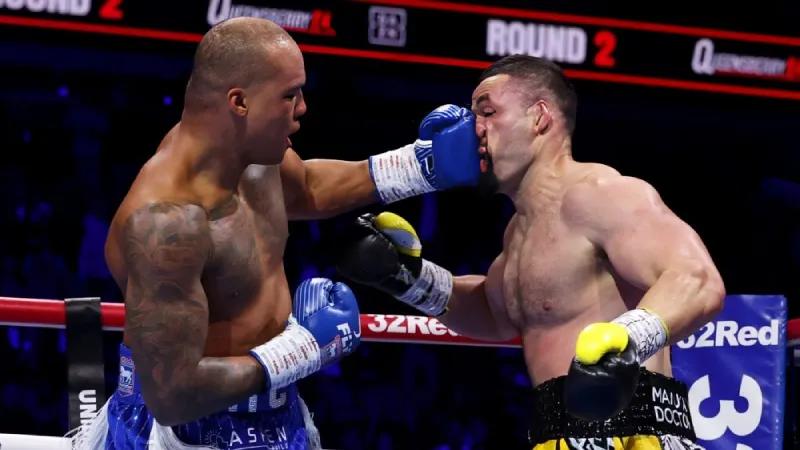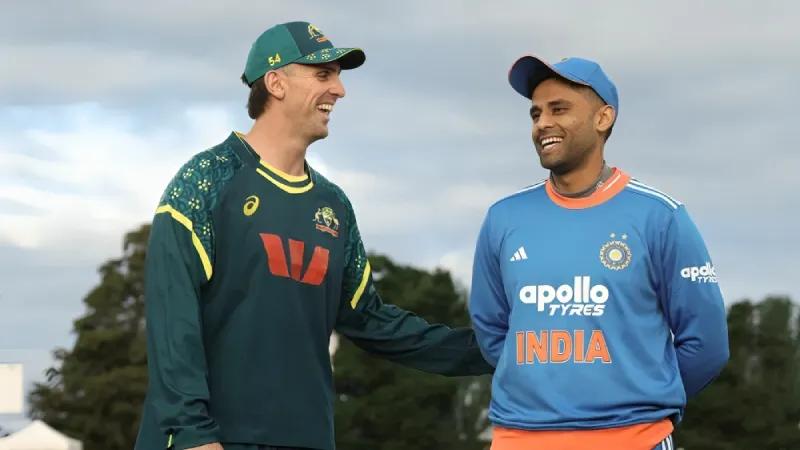


News

PUBLISHED ON: 31 OCT 2025, 04:32 AM
In a stunning display of resilience and determination, Bulgaria’s men’s volleyball team has made history by reaching the World Championship final for the first time in 55 years. Their remarkable run has captivated fans around the world, marking one of the most inspiring comebacks in international volleyball history.
The Bulgarian squad defeated Czechia in a thrilling semifinal match filled with intense rallies, precise defense, and relentless energy. Their victory secured a long-awaited return to the grand stage, a place they last reached in 1970. For a nation with a rich volleyball legacy, this achievement represents not only redemption but also the revival of a once-dominant force in the sport.
Bulgaria’s journey back to the top has been anything but easy. Over the decades, the team has endured fluctuating fortunes, coaching changes, and the rise of stronger volleyball nations. Yet, through years of rebuilding and investment in youth development, the team has managed to rediscover its competitive edge.
Under the guidance of head coach Plamen Konstantinov, Bulgaria has emphasized teamwork, disciplined defense, and a fast-paced offensive style. The blend of experienced veterans and dynamic young players has proven crucial to their success. Middle blocker Svetoslav Gotsev and captain Tsvetan Sokolov have been at the heart of the team’s resurgence, combining leadership with consistent on-court brilliance.
Their semifinal win over Czechia was a masterclass in perseverance. Despite dropping the opening set, Bulgaria fought back with sharp serves and tactical adjustments that shifted the momentum in their favor. The team’s emotional reaction after match point spoke volumes about what this moment means for Bulgarian volleyball, a return to relevance on the world stage.
The achievement has reignited national pride across Bulgaria. Fans flooded social media and public squares in celebration, waving flags and chanting team songs that hadn’t been heard in decades. For many, this moment transcends sports, it symbolizes resilience, unity, and the enduring power of national spirit.
Local media have hailed the team’s success as the “rebirth of Bulgarian volleyball.” The national federation has also credited grassroots development programs and a renewed focus on domestic leagues for producing a new generation of talent capable of competing with the world’s best.
As Bulgaria prepares for the final, anticipation is reaching fever pitch. They will face a formidable opponent in the title match, with both teams hungry to etch their names into history. While Bulgaria enters as the sentimental favorite, their challenge will be maintaining composure under pressure and executing with the same intensity that carried them this far.
Looking beyond the final, this resurgence could mark the beginning of a new golden era for Bulgarian volleyball. With renewed public support, government backing, and increased youth participation, the future looks brighter than ever. Success at the World Championship could also attract more international exposure and investment in the nation’s volleyball infrastructure.
Head coach Konstantinov has already emphasized the importance of building on this momentum, stating that the goal is not just to reach finals but to stay among the world’s elite. “We want this to be the start of something lasting, not just a one-time miracle,” he said after the semifinal victory.
Bulgaria’s return to the World Championship final after 55 years is more than just a sports milestone, it is a story of perseverance, pride, and renewal. Their historic comeback reflects years of hard work, belief, and national unity. Whether they lift the trophy or not, Bulgaria has already achieved something extraordinary, inspiring both their nation and volleyball fans around the world.
Disclaimer: The insights and analyses presented in this feature reflect the author’s individual perspectives and strategic interpretations. Readers are encouraged to evaluate thoughtfully, embrace multifaceted viewpoints, and architect their own informed conclusions.
Experience the future of information flow with Trending News—your centralized command center for real-time updates shaping the global conversation. From breaking headlines and expert-driven insights to viral stories and culture-shifting developments, we pipeline the world’s most dynamic narratives directly to your digital ecosystem.
Stay informed. Stay empowered. Stay in the know—exclusively with Sports Live Hub!

6 days ago
Read More
6 days ago
Read More
1 month ago
Read More
1 month ago
Read More
1 month ago
Read More
1 month ago
Read More
1 month ago
Read More
1 month ago
Read More
1 month ago
Read More
1 month ago
Read More
1 month ago
Read More
1 month ago
Read MoreEnd of the page